
Cyborgs Among Us, Humans - Photo credit: volty, edition by Amber255 via bitLanders
Thanks to science fiction films and books, humanity seems to have become accustomed to the idea that cyborgs will live among us in the future. However, it is hard to believe that the future is already here, and real cyborgs have lived with us for many decades. These are ordinary people - but with pacemakers, limb prostheses, biosensors, or auditory implants. So what are cybernetic fabrics and what ethical questions arise in this?
Technically modified and improved creatures without emotions and feelings - such associations with the word cyborg usually pop up in the head thanks to modern mass culture.
In fact, the cybernetic organism means only the unification of a biological organism and some mechanism.
Cyborgs living among us do not always look like iron-patched robots: these are people with pacemakers, insulin pumps, biosensors in tumors. Many of them are not even detectable by the eye - except by a signal from a metal detector frame in a public place.
Now the implantation of medical devices is one of the most profitable types of business in the United States. Such devices are used to restore body functions, and to improve life, and for invasive tests.
Human Cyborgs Among Us - Video credit: youtube
Implanted Technology: from Traditional Devices to the Latest Developments
It is unbelievable, but the tandem of scientists and doctors has been successfully creating cyborgs for several decades. It all started with the cardiovascular system. More than 50 years ago, the first pacemaker, which is completely under the skin, was created - a device that supports and/or regulates the heart rate of a patient. Today, more than 500,000 such devices are implanted annually. New technologies have also appeared: such as there is an implantable cardio-defibrillator for the treatment of life-threatening tachycardia and fibrillation.
But what is most striking is that the artificial heart BiVACOR is already undergoing clinical testing. The experiments on sheep have already been completed with success. It does not pump blood like a pump, but simply moves - therefore, there will be no pulse in future patients with such a cardio prosthesis.
According to the developers, the device can completely replace the patient’s own heart and last up to 10 years. In addition, it is small (to fit both a child and a woman), but powerful (to work successfully in the body of an adult man).
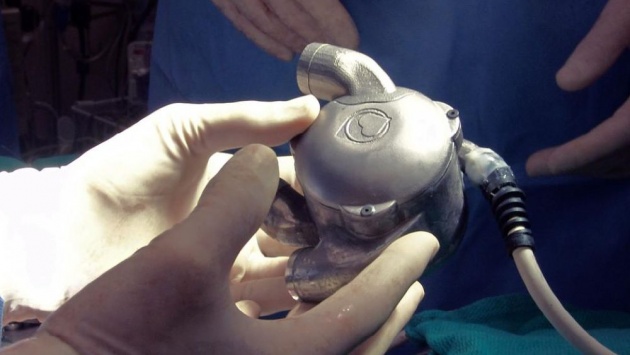
Implanted technology: BiVACOR heart - Photo credit: wellbots
In the modern world, where donor organs are constantly sorely lacking, this device would be simply indispensable. External power supply - using percutaneous transmission. The design with the use of magnetic levitation and rotating disks prevents the wear of parts - one of the problems of other developments that simulate the structure of a real heart. Smart sensors help adjust the BiVACOR blood flow rate to the user's physical and emotional activity.
In addition to the heart, devices traditionally integrate into the body for drug delivery in chronic diseases - as does, such as the insulin pump in diabetes mellitus. Now the same devices are used to deliver drugs during chemotherapy or to treat chronic pain.
Implantable neurostimulators, which stimulate certain nerves in the human body, are becoming increasingly popular too. They are developed for use in epilepsy, Parkinson's disease, chronic pain, urinary incontinence, obesity, arthritis, hypertension, and many other disorders.
Implantable devices for improving vision and hearing have reached a whole new level too.
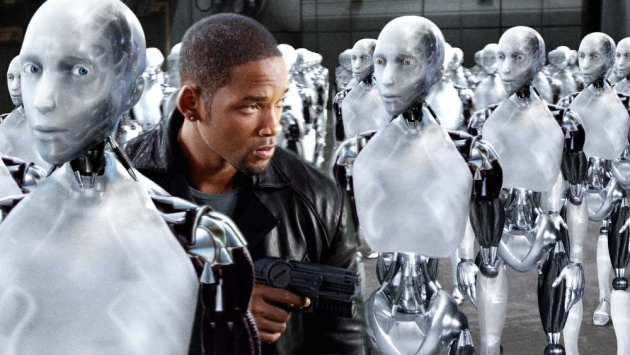
Cyborgs Among Us, Humans - Photo credit: tallwriter.wordpress
Measure Everything: biosensors
All mentioned developments are designed to restore the lost or missing function of the body. But another direction of technology development appeared - miniature implantable biosensors that record changes in the physiological parameters of the organism.
The implantation of such a device also makes a cyborg from the patient - albeit in a slightly unusual sense of the word, because the organism does not have any supernormal abilities.
A biosensor is a device consisting of a sensitive element — a bioreceptor that recognizes the desired substance — a signal converter that translates this information into a signal for transmission, and a signal processor. There are a lot of such biosensors: immune biosensors, enzymatic biosensors, gene biosensors and so on.
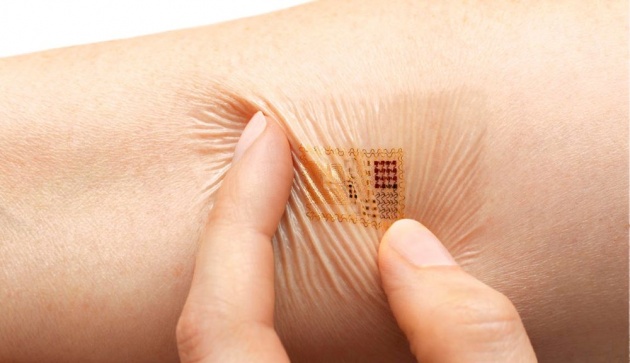
Biosensors for medication - Photo credit: criterio
With the help of new technologies, hypersensitive bio-receptors are able to detect glucose, cholesterol, E. coli, human influenza viruses and papilloma, cell components, specific DNA sequences, acetylcholine, dopamine, cortisol, glutamic, ascorbic and uric acids, immunoglobulins, and many other molecules.
One of the most promising areas is the use of biosensors in oncology. By tracking changes in specific parameters directly in the tumor, you can make a verdict about the effectiveness of treatment and attack cancer at the exact moment when it is most sensitive to a particular effect. Such targeted planned therapy may, for example, cut the side effects of radiation or suggest whether it is worth changing the main medication.
In addition, by measuring the concentrations of various cancer biomarkers, it is sometimes possible to diagnose a neoplasm itself and find its malignancy, but the main thing is to detect relapse in time.
A biosensor is an analytical device, used for the detection of a chemical substance, that combines a biological component with a physicochemical detector.
Credit: en.wikipedia
Progress in Technology
The wide distribution of implantable devices is closely related to technical improvements. For example, the first implantable pacemakers were the size of a hockey puck, and they could be used for less than three years. Now, such devices have become much more compact and work from 6 to 10 years. In addition, batteries are being actively developed that could use the user's own body energy — thermal, kinetic, electrical, or chemical.
Another area of engineering is the development of special coating devices that would help the integration of the device into the body and did not cause an inflammatory response. Similar developments already exist.
Combine the sensor and living tissue can be done other way. Scientists from Harvard University have developed the so-called cybernetic tissues, which are not rejected by the body, but at the same time read the desired characteristics by sensors. Their basis is a flexible polymer mesh with attached nanoelectrodes or transistors. Due to a large number of pores, it mimics the natural supporting tissue structures. It can be colonized with cells: neurons, cardiomyocytes, smooth muscle cells. In addition, the soft frame reads the physiological parameters of its environment in volume and in real-time.
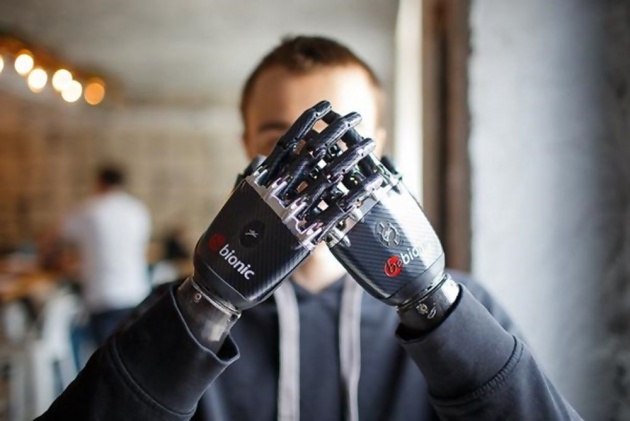
Cyber prostheses - Photo credit: pmepmimagazine
Scientists have successfully implanted such a grid into the rat brain to study the activity and stimulation of each neuron. The framework was integrated into the tissue and did not cause an immune response within five weeks of observation.
Scientists have proposed another fascinating way out of the catastrophic situation with the transplantation of deficient organs. The so-called cardiac cybernetic patch is a combination of organics and technology. The fabric with embedded electronics is capable of stretching, recording the state of the microenvironment and heart rate, and even conducting electrical stimulation. The patch can be applied to the damaged area of the heart - for example, to the zone of necrosis after a heart attack.
The device is still at the earliest stages of development, but it is planned that the doctor will be able to check the patient's condition from his computer in real-time.
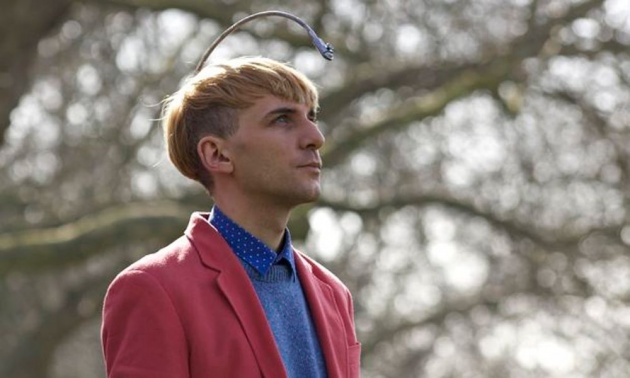
Human-cyborg - Photo credit: lifo
Brain Prosthesis
Neuroprosthetics is probably the most promising and desirable area of development of implantable technologies. Implantation of the brain-machine interface directly into the nervous system for direct physical contact of the device with nerve cells not only helps to expand our knowledge of the brain but also allows us to manage the prostheses and do complex movements with their help.
Previously, it was believed that after injury, neurons are strongly reorganized and create new connections. However, a new study showed that the degree of the reorganization of nerve cells is not so high.
Reading articles, I found a case when a young man broke his neck, diving into the waves on vacation. Now he is paralyzed below the shoulders and therefore decided to become a volunteer in the experiment. Scientists took a functional magnetic resonance tomogram of the subject's brain, while he focused attention on the video with hand movements, and identified the part of the motor cortex responsible for this.
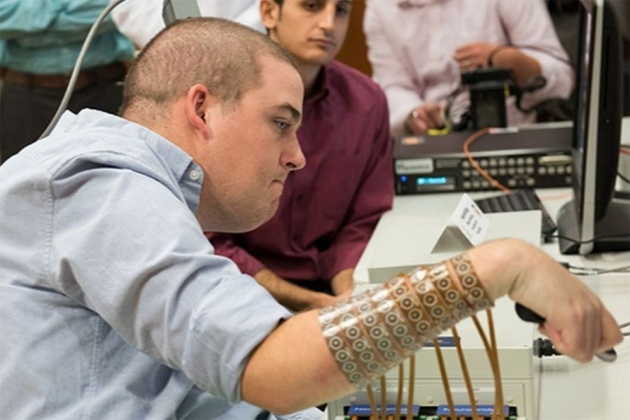
bitLanders AI-Themed Blogging: Cyborgs Among Us, Humans - Photo credit: gulfnews
A chip was implanted into it that reads the electrical activity of this area of the brain when the patient imagines the movements of his hand. The chip transforms and transmits a signal through a cable to a computer, and then this information goes as an electrical signal to a flexible sleeve around the subject's right hand and stimulates the muscles.
After training, a man can move his fingers separately and do six different movements of his wrist and hand. It would seem it's just a little improvement, but it already allows him to pick up a glass of water and play a video game. When asked what it is like to live with an implanted device, the first paralyzed person, who was given the opportunity to move, responds that he has already got used to and does not notice it - moreover, it is as if the continuation of his body.
How we'll become cyborgs and extend human potential - Video credit: youtube
Cybercommunity
People with artificial limbs, perhaps, best fit into the standard perception of the human-machine. However, for such cyborgs, it is much more difficult to live in reality than similar books and films' characters.
About 15% of the world's population has physical disabilities of varying degrees, and from 110 to 190 million people experience significant difficulties with the functioning of the body. The majority of people with disabilities have to use the usual bulky wheelchairs or uncomfortable and expensive prosthesis.
However, it is now possible to quickly, efficiently and cheaply create the desired prosthesis using 3D printing. According to scientists, this is the way to help primary children from developing countries and all those who have limited access to health services.
Some active cyborgs take part in various open meetings dedicated to people-machines. There they can get familiar with the latest developments such as giant robot hand or chat with people whose body was improved by technology, and visit a virtual reality.
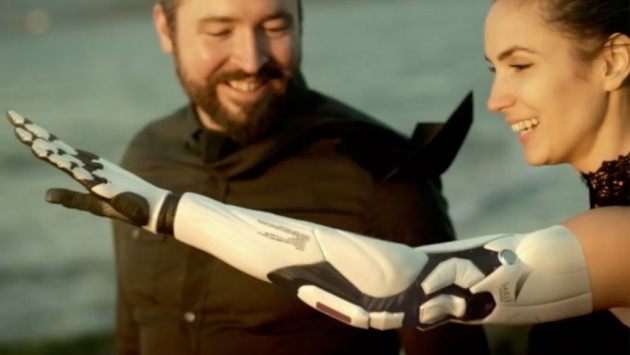
Cyber prostheses - Photo credit: youtube
Posthumans: Cyborg and Bioethics
New implantable technologies are generally perceived positively by society. This is not surprising: after all, they support, restore and improve health, facilitate access to medical services, while they are safe and in the future can significantly cut the cost of healthcare on a global scale.
However, it is worthwhile to talk about such patients as cyborgs, the connotations from science fiction immediately emerge. The main concerns are associated with fear for the humanity of a person: what if the machines change a person and he loses his human essence? Where is the border between artificial and natural for humans, and is it worth using such methods to evaluate any phenomenon?
Is it possible to divide a cyborg patient with an implanted device into two separate components - a person and a machine - or is this already a whole new organism?
The difference between therapy and improving the body is also being actively discussed: therapy vs. enhancement.

Humans become cyborgs - Photo credit: mosregtoday
Interestingly, the debate is not only about technology but also about new drugs that improve brain function. There was even a special term - neuroethics - to discuss various aspects of the existence of improved people using neuro implants.
And if we use the concept of progressive technologies more broadly, then cyborg can be attributed to people with biotechnological improvements: for example, recipients of organs created from induced pluripotent cells.
For many reasons, it is not possible to come to a common opinion what makes a person human and fundamentally distinguishes him from other living beings and from robots.
Finally, another question arises, about which little has been thought about so far - the problem of safety and control ability. How to make such devices resistant to hacker attacks? Indeed, the vulnerability of such developments can be extremely dangerous not only for the user but also for others. Perhaps it is this question that will most worry about the next generation of users. Perhaps, externally controlled cyborg people are the worst. At least for today.
Chat with me on Querlo Chat about books on artificial intelligence:
On A Final Note
Cyborgs are already living among us - no matter the individual members of the public like it or not. Technical boundaries are moving further, and probably new developments will sufficiently improve the life's quality for many people with disabilities and will help in medical practice.
A variety of cyber-prostheses allows you to compensate for physical limitations, as well as experience a completely different level of capabilities. The time is not far off when people with cybernation will be able to do something that is beyond the power of an ordinary person.
Very soon, the future of the fight against chronic diseases becomes implantable devices. They will measure vital characteristics and send them to a health care provider, whoever it is and wherever it is. Thus, consultants and doctors around the world can be imagined in such a way: ideally, any local doctor could receive patient health alerts with a single application.

bitLanders AI-Themed Blogging: Cyborgs Among Us, Humans - Photo credit: blog.soprasteria
Indeed, it is possible that the entire patient management system will change in the very near future. It is enough to take a look at the rapidly developing area of implantable devices - and this algorithm no longer seems unrealizable. And about mobile applications and application in health care, we may discuss in a separate article. So, stay tuned and check my future blogs.
Between our laptops, smartphones and tablets, we already use technology to connect ourselves in ever-advanced ways to the world. Indeed, the line between technology and reality has become increasingly blurred. Projecting into the future, it's not hard to imagine the line disappearing entirely — when humans and technology merge and become indistinguishable. In other words, we're all well on our way to becoming cyborgs.
Credit: mnn
HAVE FUN!
**********************************************************************************************
Thank you for stopping by and reading my blog
2019, All Rights Reserved.
You are very welcome to join bitLanders and share your valuable knowledge and opinion.
***********************************************************************************************



